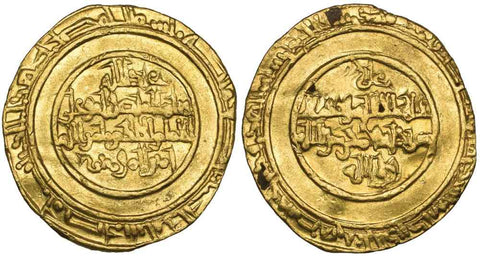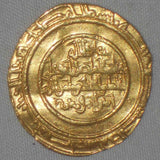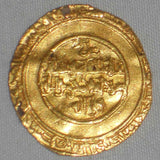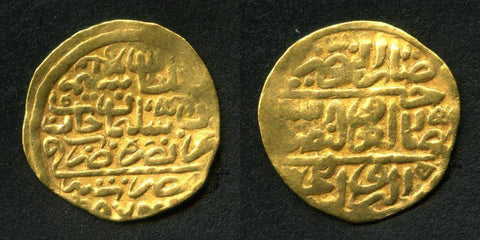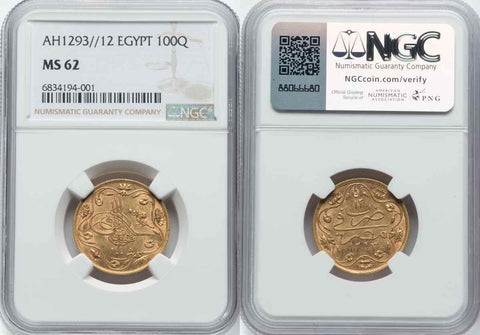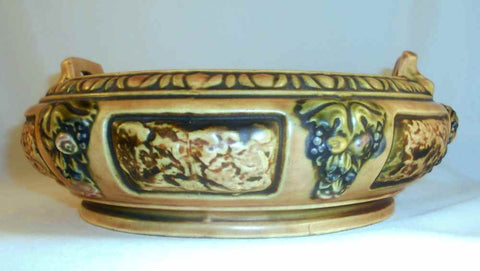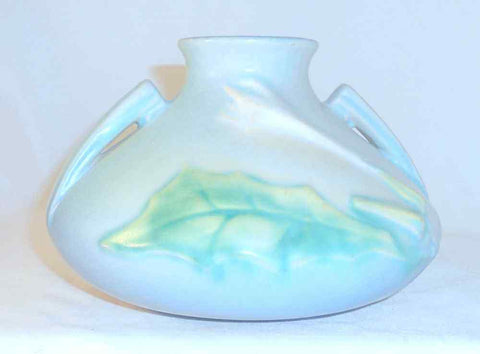1013 Islamic Coin Cairo Egypt Fatimid Gold Dinar Al-Hakim bi-Amr Allah 403 AH
Description: Gold dinar from Al-Hakim the Fatimid Caliph who ruled the Muslim empire in the period 386-411 AH (996 - 1021 AD). Al-Hakim is the eighth caliph of the Fatimid dynasty. His full name being, Abu Ali Al-Mansur Al-Hakim bi-Amr Allah. This is a nice almost very fine coin with quite a bit of luster and a nice bold and well centered strike. Like most of al-hakim's coins the calligraphy is a bit difficult to read. The flan is slightly wavy and lightly clipped. Be that as it may, it is still a nice and very desirable coin. This is the standard type with four-line legends in fields, is dated 403 AH and was minted in Misr. Please carefully review the image provided as it is part and parcel of our description.
Date: The coin shows the date of minting as 403 AH (1013 AD).
Mint: Misr current day Fustat on the outskirts of Cairo, Egypt.
Size and weight: This is a dinar, weighs ~3.8 grams and is ~21 mm in diameter.
References: It is Album #709, is listed in Lane Poole's Catalog of the Khedivial Collection as 1047, and listed by Nicol as #1091.
Condition: I would grade this coin as a nice almost very fine. The coin has a well centered strike and shows all the calligraphy without any loss but is a bit difficult to read. The piece is lustrous, but the flan is a bit wavy. In addition, the coin is slightly clipped. Despite the coin's flan showing slight waviness and being lightly clipped, it is still great looking and represents a good example of al-Hakim's coinage worthy of a spot in your collection. The coin is much better than the photos suggest. Please see image for additional condition information.
Historic Perspective: The Fatimid Caliphate is a Shi'a dynasty that ruled over the Islamic world of mostly North Africa from 5 January 910 to 1171. The ruling elite of the state belonged to the Ismaili branch of Shi'ism. They are also part of the chain of holders of the office of Caliph, as recognized by most Muslims, the only period in which the Shia Imamate and the Caliphate were united to any degree, excepting the Caliphate of Ali himself. The Fatimids were reputed to exercise a degree of religious tolerance towards non-Ismaili sects of Islam as well as towards Jews and Coptic Christians. The Fatimids had their origins in Ifriqiya (modern-day Tunisia and eastern Algeria) but after the conquest of Egypt about 970 AD, they built the City of Cairo and used it as their Capital.<p>Abu Ali Al-Mansur Al-Hakim bi-Amr Allah reigned in the period of 386-411 AH. His rule was rather capricious punctuated by intermittent periods of persecution of the Christians and the prohibition of Mulkhia, a favorite green soup of the Egyptian populace. He disappeared on 27 Shawwal 411AH or 13 February 1021 and was never found again. It is not certain what happened to him.
The dynasty was founded in 296 AH (909 AD) by Abdullah al-Mahdi Billah, who legitimized his claim through descent from Muhammad by way of his daughter Fatima as-Zahra and her husband Ali ibn-Abi-Talib, the first Shi'a Imam, hence the name al-Fatimiyyen "Fatimid". Abdullah al-Mahdi's control soon extended over all of central Maghreb, an area consisting of the modern countries of Morocco, Algeria, Tunisia and Libya, which he ruled from Mahdia, his newly-built capital in Tunisia. <p>The Fatimids (Abu Tamim Ma'add al-Mu'izz li-Din Allah) entered Egypt in 358 AH (969AD) , conquering the Ikhshidid dynasty. Eventually they founded a new capital at al-Qahirat "The Subduer" (modern Cairo) - a reference to the appearance of the planet Mars. They continued to conquer the surrounding areas until they ruled from Tunisia to Syria and even crossed over into Sicily and southern Italy. Under the Fatimids, Egypt became the center of an empire that included at its peak North Africa, Sicily, Palestine, Syria, the Red Sea coast of Africa, Yemen and the Hejaz. Under the Fatimids, Egypt flourished and developed an extensive trade network in both the Mediterranean and the Indian Ocean (establishing trade and diplomatic ties all the way to China under the Song Dynasty), which eventually determined the economic course of Egypt during the High Middle Ages.<p>After the decay of the Fatimid political system in the 1160s, the Zengid ruler Nur ad-Din had his general, Saladin, seize Egypt in 1169, forming the Sunni Ayyubid Dynasty.

